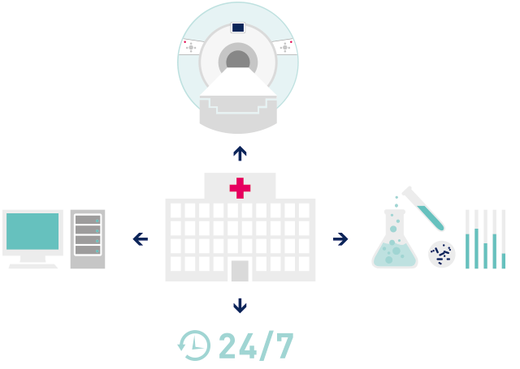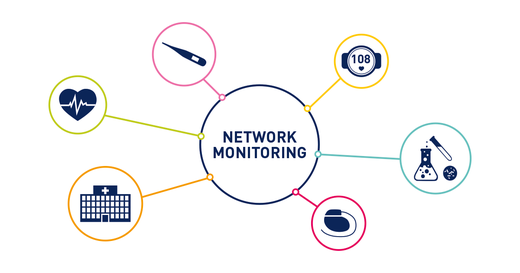Blog Home > How to Improve Healthcare Efficiency With Network Monitoring
 Originally published on February 26, 2017 by Thomas Timmermann
Originally published on February 26, 2017 by Thomas Timmermann
Last updated on April 13, 2022
•
5 minute read
Under the right conditions, a suitable network monitoring solution can become the central organization and control authority of a clinic and ensure the complete operation.
Hospitals are subject to special requirements: Maximum reliability must be guaranteed around the clock - after all, it is about human life. Nearly as important is the protection of the highly sensitive patient data. However, there are often two parallel worlds that must be reconciled:
In order to master all these challenges, an overview is required that can capture all processes and components across the entire range and display them centrally. The systems already exist, and most network administrators use them in one form or another: network monitoring solutions can capture, organize and monitor the entire infrastructure of a clinic. The prerequisite, however, is that the solution fulfills a number of conditions.

Of course, a monitoring solution also has to meet a number of standard requirements when used in hospitals, such as:
In addition, the use as a central control authority in a clinic also requires some features that are not part of the standard repertoire of most monitoring tools:

Properly used, monitoring in health care not only ensures functionality and availability, but also discovers potential savings, helps to optimize internal processes and relieves staff. More information and details can be found in our Industry Focus Hospital IT:
©2024 Paessler AG Terms & Conditions Privacy Policy Imprint Download & Install